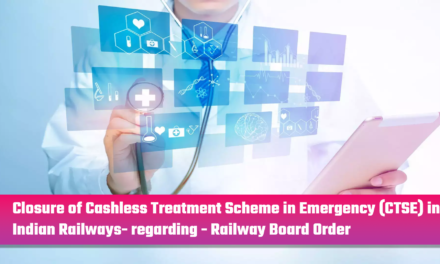BIBEK DEBROY COMMITTEE REPORT ON MOBILIZATION OF RESOURCES SUBMITTED TO RAILWAY BOARD – Executive Summary
1. India has the fourth largest railway network in the world. Covering 29 States and 3 Union Territories, across almost 8,500 stations – from Baramulla in the north to Kanyakumari in the south and from Naliya in the west to Ledo in the east – the Indian Railways spans the country a capite ad calcem. The national carrier plays a significant role in development and growth of the country and touches lives of all its people across the country. It runs nearly 21,000 trains – about 13,000 passenger trains that carry more than 23 million passengers and freight trains that carry around 3 million tonnes of freight per day. India is one of the four countries in the world that carry more than 1 billion tonnes of freight a year.
2. As far as IR’s performance is concerned, it cannot be denied that it has come a long way since 1950-51 in terms of number of trains and their carrying capacity as well as in terms of the quantum of traffic carried. There still is, however, a wide gap between the supply side improvements and the demand side expectations, both in terms of speeds of trains as well as quality of services.
3. It is often reiterated that the IR may end up as a burden on national economy which makes it necessary to relook and redefine the role of IR with the changing times. One of the significant issues is that many decisions on IR – like increase in fare, introduction of new trains, provision of halts and establishment of new projects – are taken on the basis of other than commercial considerations. As commercial accounting principles too are not in use on the IR, the costs and the returns from such investments are also not easy to assess.
The efforts for engaging State Governments and other interested parties for sharing the burden of un-remunerative projects have been few and far between.
4. It is increasingly accepted that IR is no longer a monopoly and faces stiff competition from the road sector. The cross-subsidisation of low passenger fares by artificially high freight rates has led to shift in favour of road transport, for both freight as well as short distance passenger traffic. It needs to be recognised that most passengers are willing to pay higher fares, albeit only if accompanied by enhanced services.
5. While liberalisation (and not privatisation) for entry of new operators into railway operations is seen by this Committee as a viable option for encouraging growth and improving services, a regulatory mechanism to promote a healthy competition and to protect the interest of all stakeholders, is an essential pre-requisite.
6. Furthermore, the IR, in addition to its core function of running trains, is engaged in various other activities which are un-remunerative in nature, like provision of security to its customers, medical and educational facilities to its employees etc., which lays additional burden on IR.
Complete Report of Debroy Committee has been uploaded as under:-
Download Executive Summary of the Debroy Committee Report




